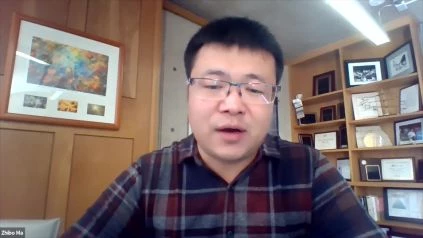Zhibo Ma, PhD of @salkinstitute explains how this affects treatment and clinicians today.
__________
Breast cancer is one of the most common cancers, and some types are among the hardest to treat. The different types and presence of many different cells makes it difficult to target these tumors. Scientists at the Salk Institute have now used state-of – the-art technology to test each cell during normal breast development to understand what happens wrongly in cancer.
The results of the group, published in the Cell Reports on 8 October 2019 and distributed in a free online resource, lay the foundations for understanding normal breast growth and can lead to new strategies for tumor control.
“In order to understand what goes wrong in breast cancer, we need to first understand how normal development works,” says Geoffrey Wahl, a professor in the Gene Expression Laboratory and senior author of the paper. “This study represents a major step in that direction, as we were able to profile each cell during breast development. We expect this information to be a valuable hypothesis-generating resource for the mammary gland community.”
Two major cell types that are often implicated in breast cancer are found in mature breast tissue, luminary cells and basal cells. Luminal cells line the ducts and make milk while basal cells around the ducts contract to extract milk. The scientists were interested in what drives the molecular changes that control how stem cells become specialized in these cell types during growth. In particular, they explored how DNA packaging inside the cell, known as chromatin, could make certain genes accessible or unavailable to influence gene expression and growth.
Read here:Â https://www.oncologytube.com/video/mapping-the-usual-breast-development-to-recognize-cancer-better

